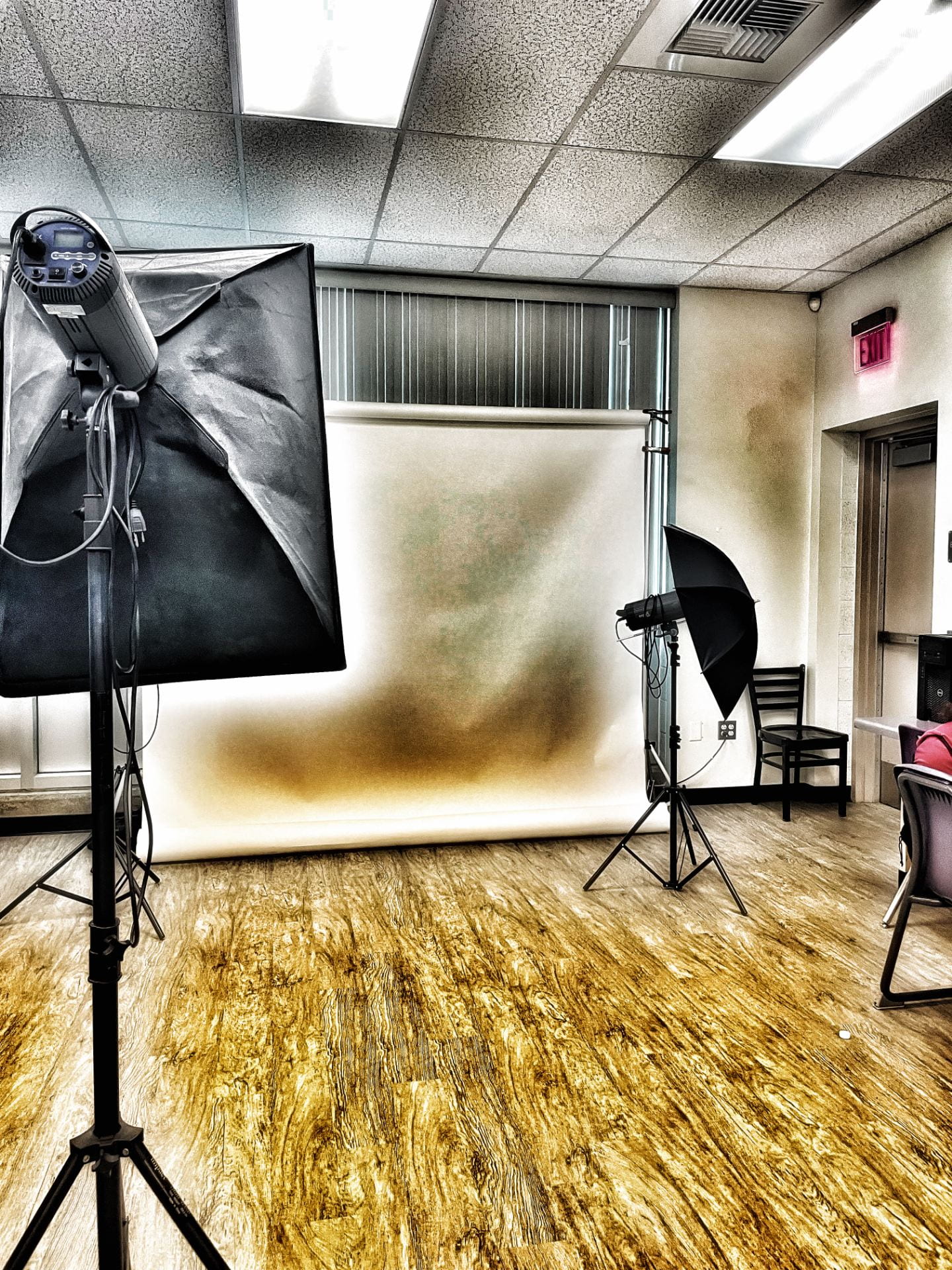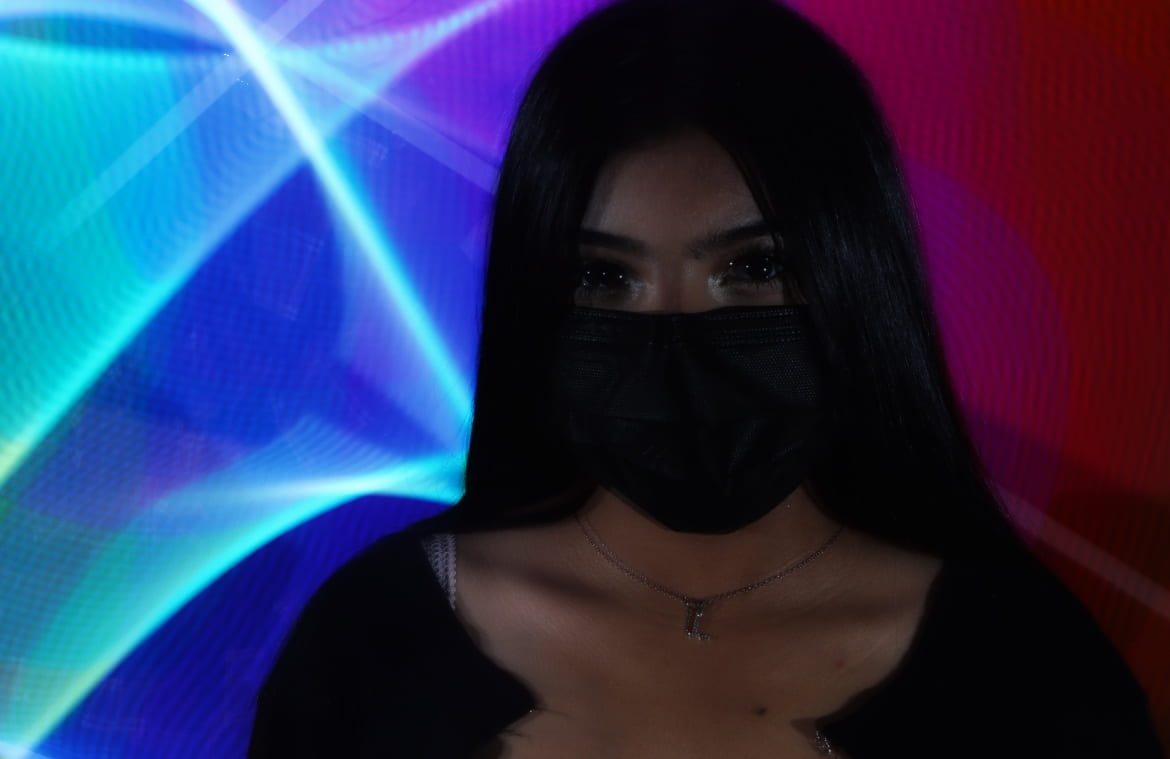20 SENTENCES
- Flash photography, outdoors at night, can produce very underexposed photographs if not taken properly.
- Darken the room and position your subject against a black background.
- Allow enough background area for the number of different exposures you intend to make.
- Set up the electronic flash lights so the minimum amount of illuminationfalls on the background itself.
- Turn off all room lights and make your first exposure.
- Action of any kind, no matter how slight, can add interest to most pictures.
- Outdoors, flash does not carry very far; therefore, it can be difficult to light objects from a distance
- At night a single on-camera flash produces stark lighting
- subjects such as these benefit by being isolated from the background, but you may get more interesting lighting by using the unit off camera on an extension cord.
- If the necessary flash-to-camera distance is greater than the length of your extension cord, use the open-flash method.
- Each and every time you pick up a magazine, book, or newspaper or watch TV or see a movie, you are exposed to various composition and lighting techniques
- Most modern flashes have the ability to shoot multiple times and at different power settings
- The camera can not know everything you do — it does not record what filters are on the lens, or fireworks that go off during the shot — or flashes that you set off on your own
- These multiples were done with a small flash unit during a single long camera exposure, but it is also possible to take multiple exposures with some digital cameras.
- Whether using available light or flash photography, notice what results the direction, intensity, and type of light have on your final product.
- . To compensate for the light lost, you must open up your aperture when photographing objects at any distance
- If not using a ground glass camera, make a pencil sketch to help you position the subject
- Action of any kind, no matter how slight, can add interest to most pictures.
- each type of action requires a different camera technique, but because of the short duration of light from electronic flash
- Ghost images can occur when existing light and a slow shutter speed are used in conjunction with electronic flash






























